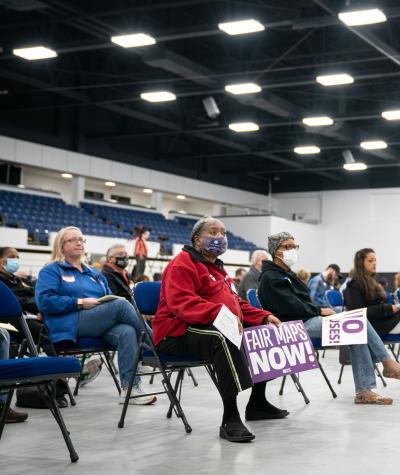Every 10 years, every state must go through something called “redistricting.” Redistricting is the process where states redraw the district lines for elections, which determines who you get to vote for. This process should be straightforward. Unfortunately, in the U.S., politicians in many states engage in gerrymandering.
Gerrymandering involves politicians drawing district lines so they get to pick their voters, instead of voters picking their politicians.
In a new video, people from both Michigan and Wisconsin share their stories about the redistricting processes in their respective states and discuss what works well and what doesn’t.
In Wisconsin, for example, redistricting is done by politicians. The legislature has the initial responsibility to draw new state legislative districts and congressional districts, and the governor is also involved and is responsible for approving or rejecting maps.
If the governor and the majority of the legislature are of the same party, then the party in power can draw maps to its advantage — this is what happened in 2011, when politicians passed an extreme gerrymander that was drawn up in secret.
If the governor and the majority of the legislature are of separate parties, however, the process risks an impasse — this is what happened this cycle, and the Wisconsin Supreme Court had to get involved to produce final maps.
In short, Wisconsin doesn’t handle this core function of civic society well.
In contrast, Michigan has a new Independent Citizens Redistricting Commission (which includes Michigan citizens instead of politicians) that drew the district lines this cycle. The process in Michigan was much more focused on voters than in Wisconsin, and it produced arguably fairer maps.
Watch the video below to hear stories from voters in Michigan and Wisconsin and learn more about how redistricting works in two very different states. Voters deserve fair maps, so we can all make our voices heard fairly and equally, no matter our party, background or zip code.

